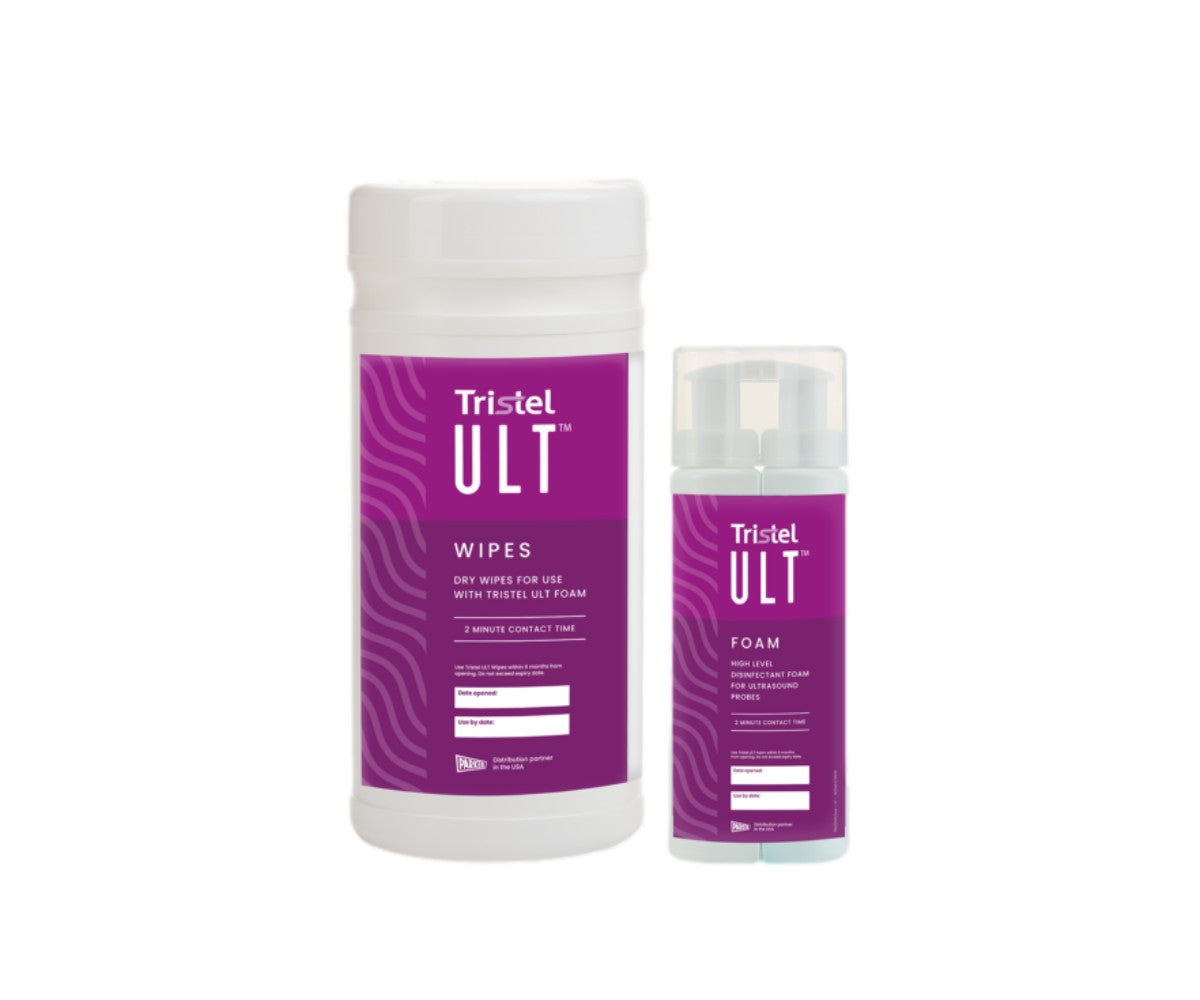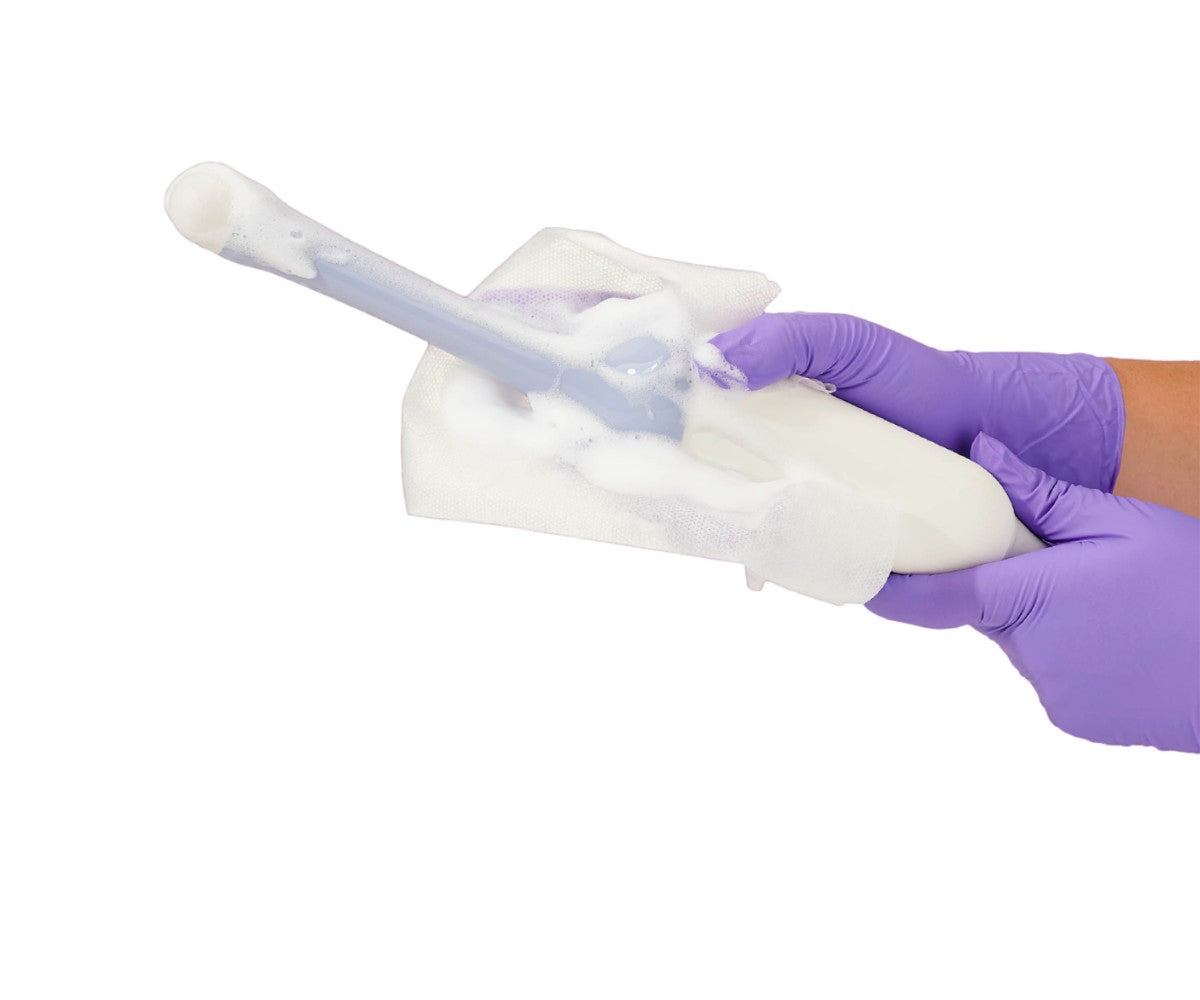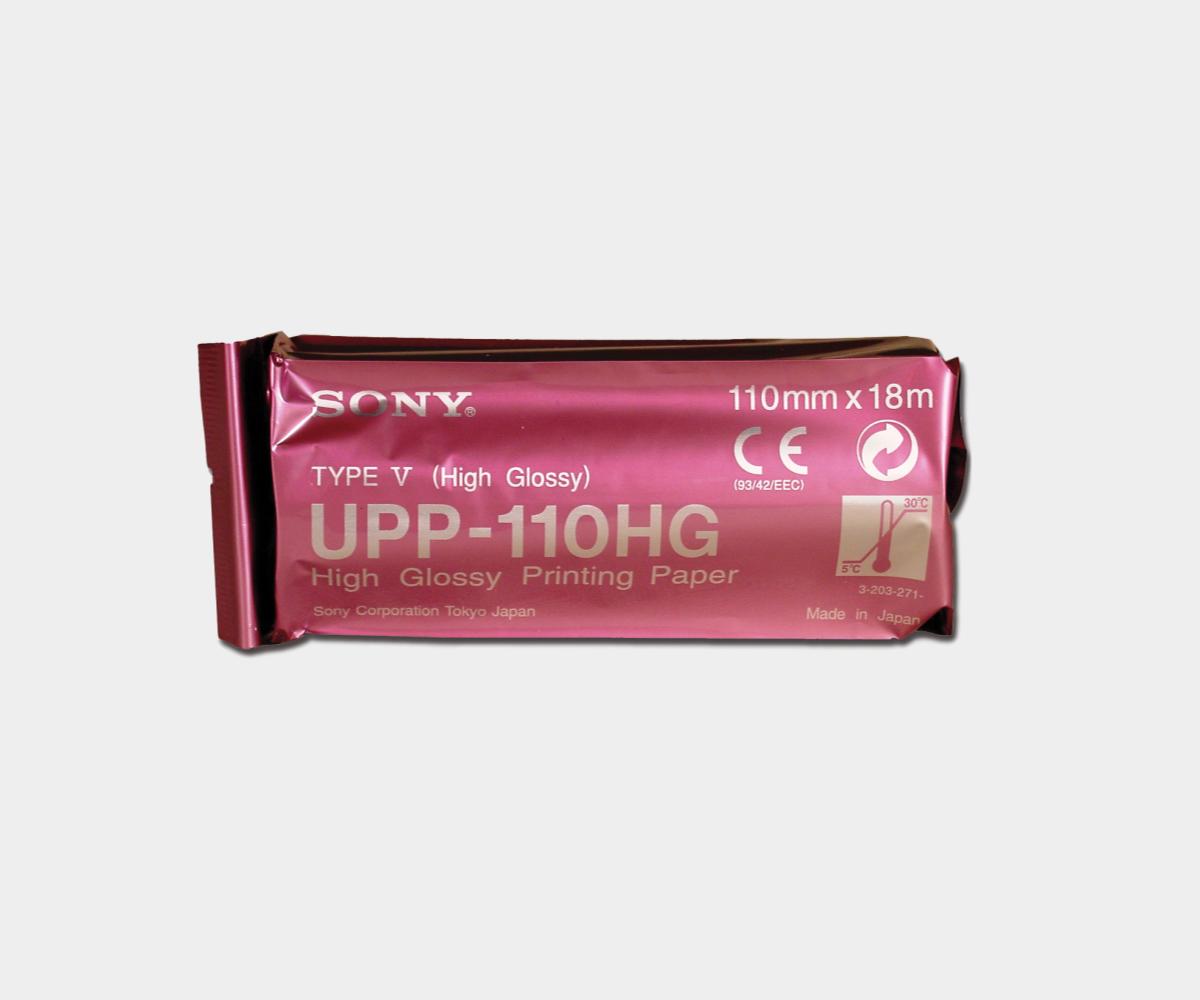When it comes to choosing the material of
probe covers, you usually have three options: latex, polyethylene, and polyurethane. The last two are latex-free, and we're going to be reviewing their characteristics in this article.
Latex ultrasound covers
The latex probe covers are mainly used for
endocavity examinations. They are inexpensive and very convenient for vaginal and rectal as they are soft and stretchable. Latex covers are usually rolled, which makes them easy to put on, and space-saving on your shelves. They can also be sterile or non-sterile, depending on the type of exam being performed.
However, the real problem with latex covers come from allergies. Therefore, you'll have to screen your patients for possible allergies to avoid complications.
Clear ultrasound covers: Polyethylene
Polyethylene material, also referred to as clear, is aimed at general purpose ultrasound exams only. It is less stretchable and less comfortable than latex or polyurethane though. It is budget-friendly and have the advantage of not causing any allergy whatsoever.
Clear probe covers come in three different foldings:
-
Flat: more affordable but trickier to install
-
Telescopic: that's the gold standard. Easy to install and take off
-
Pull-Up: A must-have for the OR, very handy to use
Due to their purpose, all polyurethane covers are sterile and, of course, single-use.
Soft ultrasound covers: Polyurethane
Polyurethane is a high-end material for probe covers. While it is more expensive than latex and polyethylene, it is a very stretchable material. It is also incredibly soft, therefore comfortable and providing excellent scanning quality.
As a result, polyurethane is widely used for both endocavity and general purpose ultrasounds. It can be sterile or non-sterile. Soft covers can also be ordered flat, telescopic or pull-up. Also, they don't cause any allergies. Whatever type of covers better fits your needs, be sure to always use a probe cover for all exams other than intact skin scanning.
Thanks for reading us today!






